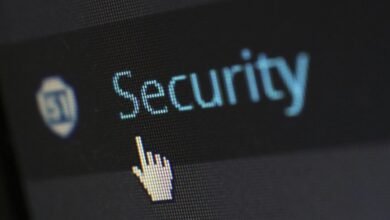Unmask Unknown Caller Quick Guide 3400909286 3533756229 3348112235 3492513977 3313968024 3533672617

Unknown callers can pose significant risks to personal security. Numbers such as 3400909286 and 3533756229 may belong to scammers or telemarketers. Identifying these calls is crucial for protecting sensitive information. Various tools and apps exist to help determine the legitimacy of such numbers. However, knowing how to effectively report and block these callers is equally important. Understanding the best practices for safeguarding privacy becomes essential in this digital age. What steps should one take next?
Understanding the Risks of Unknown Callers
While many individuals may dismiss unknown callers as mere nuisances, the risks associated with these calls can be significant.
Caller motivations often include financial gain through deceitful means. Common scam tactics involve impersonation, phishing, and pressure techniques designed to extract sensitive information.
Understanding these risks empowers individuals to protect their personal data and maintain their autonomy in an increasingly interconnected world.
Tools and Apps for Caller Identification
Numerous tools and apps are available for caller identification, enabling users to screen unknown calls effectively.
Caller ID apps offer real-time identification of incoming numbers, while reverse lookup services provide detailed information about a caller’s identity.
These technologies empower individuals to make informed decisions regarding unknown calls, thus enhancing personal safety and privacy in an increasingly connected world.
Steps to Report and Block Scammers
Caller identification tools not only help users screen unknown calls but also play a significant role in combating scams.
To effectively report scammers, individuals should follow established reporting procedures, such as notifying local authorities or relevant consumer protection agencies.
Additionally, employing various blocking techniques, including utilizing built-in phone settings or third-party apps, can significantly reduce unwanted communication and enhance personal security.
Best Practices for Protecting Your Privacy
As individuals increasingly rely on digital communication, safeguarding personal privacy has become paramount.
Implementing robust phone security measures, such as using strong passwords and enabling biometric authentication, is essential. Regularly reviewing and adjusting privacy settings on devices and applications can further mitigate risks.
Additionally, utilizing secure messaging platforms and being cautious with personal information can significantly enhance overall privacy protection in an interconnected world.
Conclusion
In conclusion, addressing the threat posed by unknown callers is crucial for personal security. While some may argue that ignoring such calls is sufficient, proactive measures—such as utilizing caller identification tools and reporting suspicious numbers—are essential to mitigate risks effectively. By adopting best practices for privacy protection, individuals can safeguard their information and contribute to broader efforts against telecommunication fraud. Staying informed and vigilant is the key to navigating the complexities of modern communication challenges.





